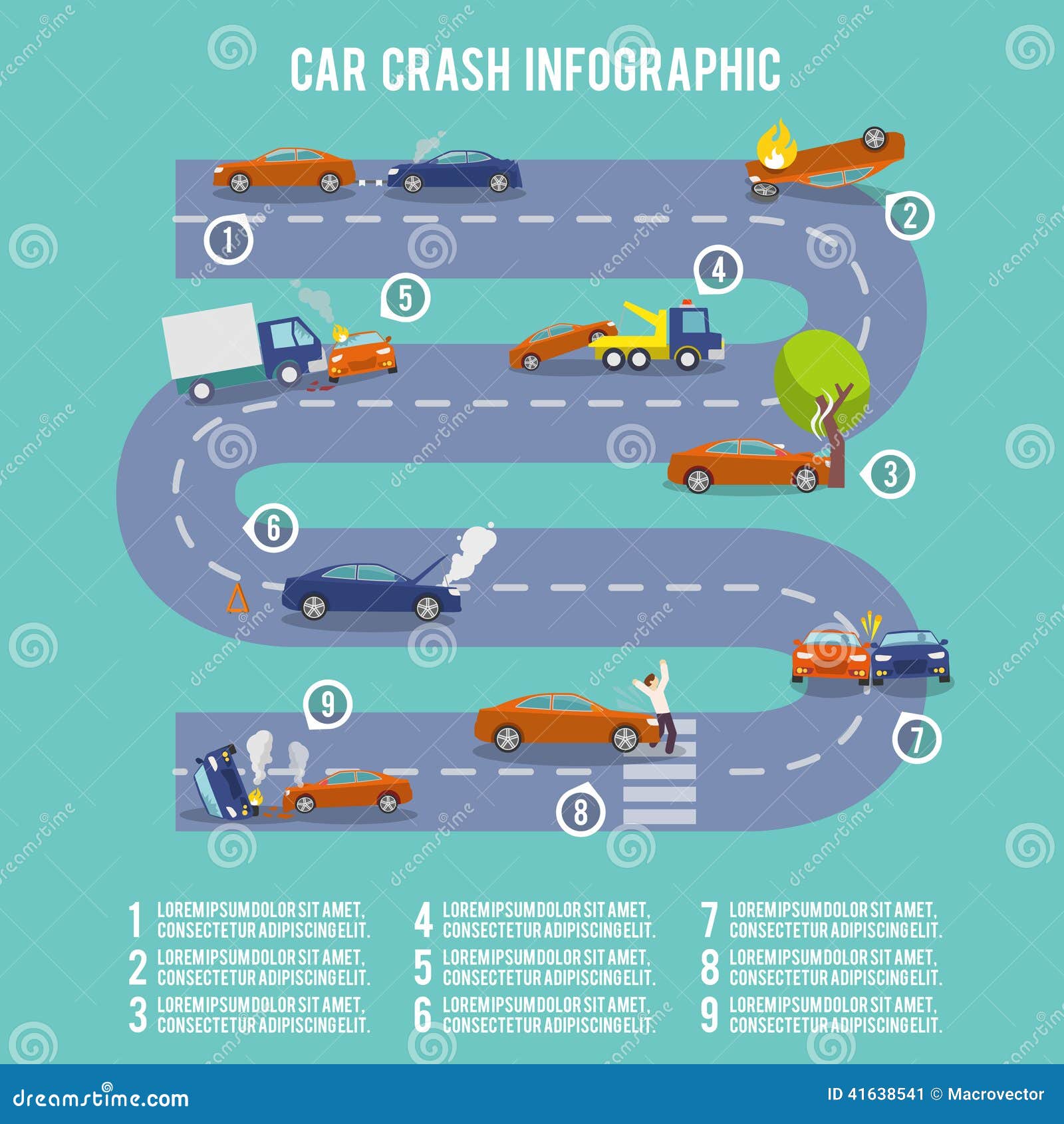Assessing Your Vehicle'S Caution Indicators: What They Really Share
Assessing Your Vehicle'S Caution Indicators: What They Really Share
Blog Article
Write-Up Writer-Lim Kejser
When you lag the wheel, those glowing warning lights on your dashboard can be a bit perplexing. Do you recognize what they're attempting to tell you concerning your cars and truck's wellness? Understanding the significance of these lights is vital for your safety and the durability of your car. So, the next time among those lights appears, would not you intend to decipher its message precisely and take the required actions to resolve it?
Common Warning Lights and Interpretations
Identify usual warning lights in your auto and recognize their meanings to guarantee secure driving.
The most normal warning lights consist of the check engine light, which signifies problems with the engine or emissions system. If visit the following page begins, it's important to have your automobile inspected without delay.
The oil stress alerting light indicates reduced oil stress, needing instant focus to avoid engine damage.
A flashing battery light may recommend a damaged charging system, potentially leaving you stranded otherwise resolved.
The tire pressure monitoring system (TPMS) light alerts you to reduced tire stress, affecting vehicle security and gas performance. Disregarding this can cause harmful driving problems.
The abdominal muscle light suggests an issue with the anti-lock stopping system, endangering your capacity to stop promptly in emergency situations.
Lastly, the coolant temperature level cautioning light warns of engine overheating, which can result in severe damage otherwise resolved swiftly.
Comprehending these typical caution lights will assist you resolve concerns without delay and maintain secure driving conditions.
Significance of Prompt Focus
Understanding the usual warning lights in your cars and truck is just the initial step; the relevance of promptly attending to these cautions can not be highlighted enough to ensure your safety and security when traveling.
When a caution light brightens on your control panel, it's your vehicle's method of connecting a possible concern that needs attention. Disregarding these warnings can cause much more serious troubles in the future, jeopardizing your safety and potentially costing you much more in repairs.
Motivate interest to cautioning lights can prevent break downs and mishaps. As an example, a blinking check engine light could indicate a misfire that, if left ignored, might cause damages to the catalytic converter. Addressing this without delay can save you from an expensive repair work.
In a similar way, a brake system advising light may signify reduced brake liquid or worn brake pads, important components for your safety when driving.
Do It Yourself Troubleshooting Tips
If you observe a caution light on your dashboard, there are a couple of DIY repairing ideas you can try prior to seeking expert aid.
The primary step is to consult your vehicle's guidebook to recognize what the particular caution light suggests. In some cases the concern can be as easy as a loose gas cap setting off the check engine light. Tightening the gas cap might resolve the issue.
automatic car wash auckland is a low battery, which can trigger different cautioning lights. Examining the battery connections for deterioration and guaranteeing they're safe and secure could repair the trouble.
If a caution light lingers, you can try resetting it by detaching the auto's battery for a few minutes and then reconnecting it. Furthermore, examining https://www.consumerreports.org/car-repair-maintenance/how-to-inspect-car-belts-and-hoses-a3986860709/ , such as oil, coolant, and brake liquid, can assist troubleshoot cautioning lights related to these systems.
Final thought
Finally, comprehending your vehicle's caution lights is crucial for keeping your vehicle running smoothly and safely. By promptly resolving these signals and understanding what they mean, you can stay clear of expensive repair services and possible failures.
Keep in mind to consult your car's handbook for specific information on each cautioning light and do something about it accordingly to make sure a hassle-free driving experience.
Remain educated, stay secure when driving!
